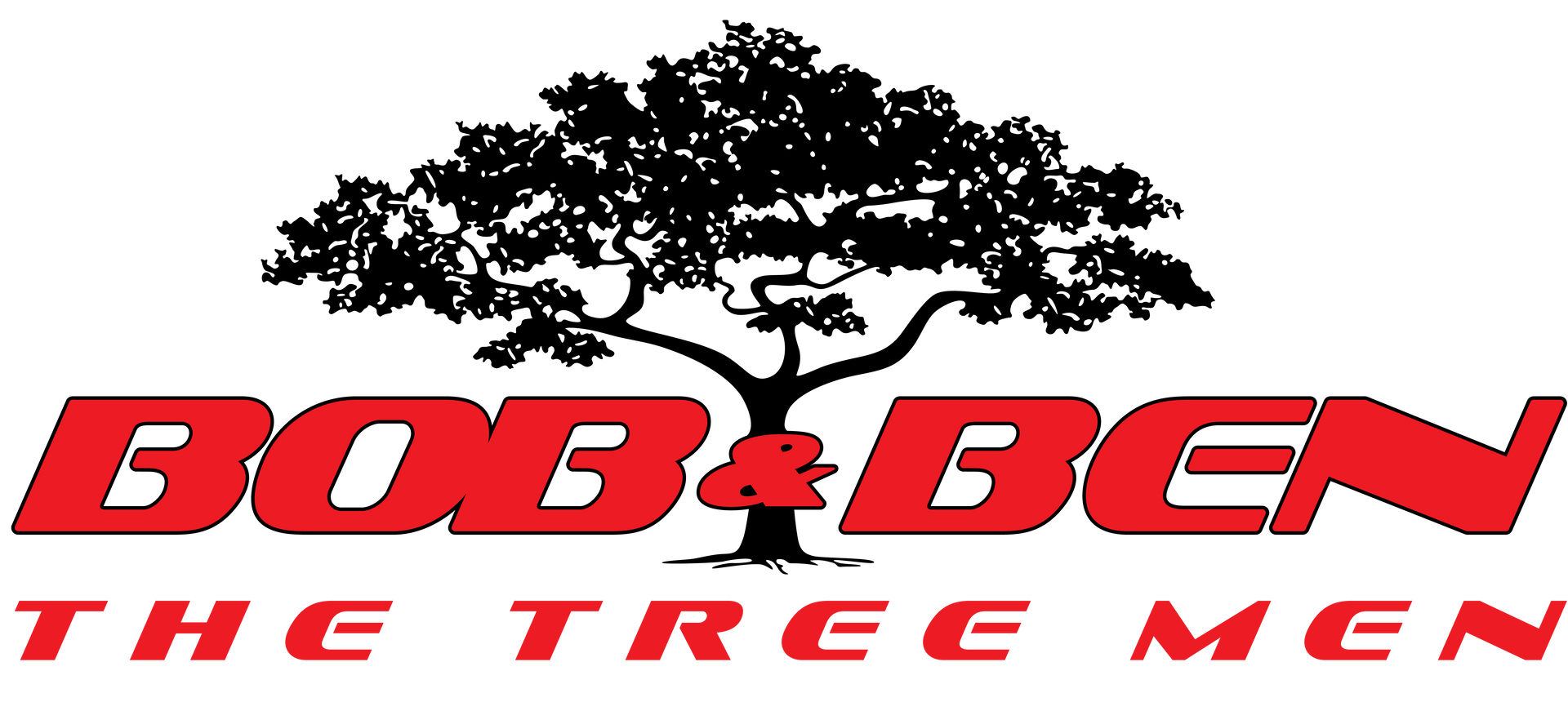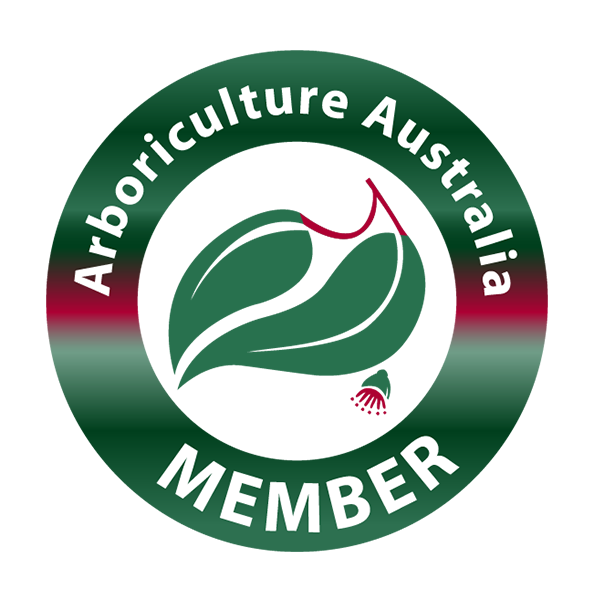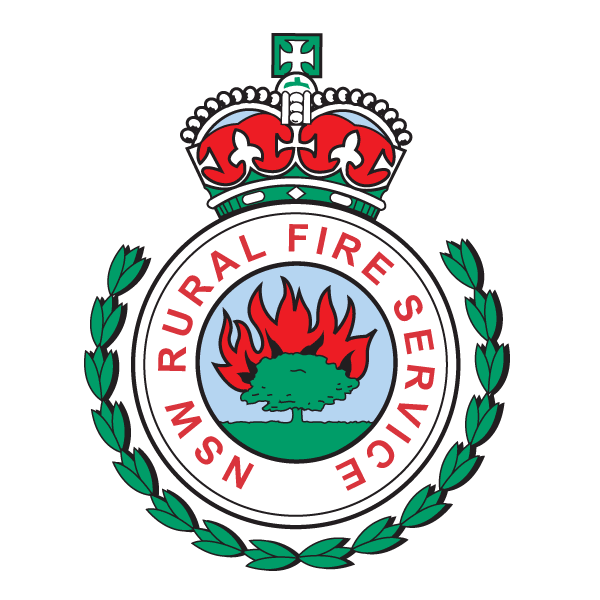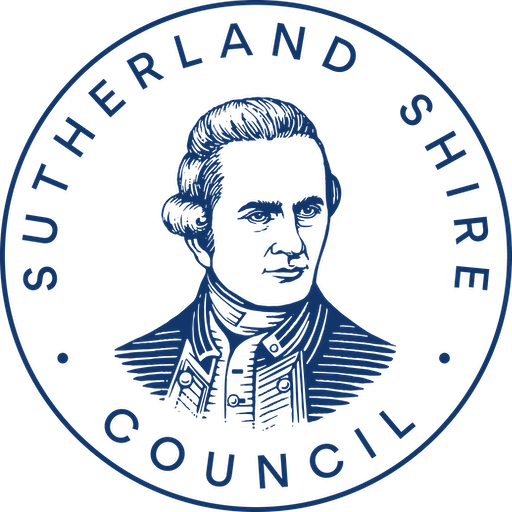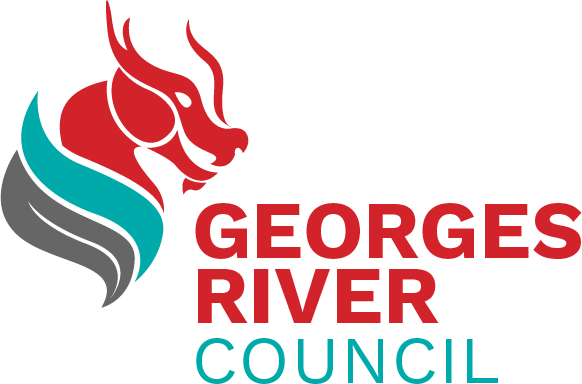Explaining the 10/50 Vegetation Clearing Rule
Looking for a reliable tree removal company that can perform vegetation clearing while adhering to the guidelines of vegetation management in fire-prone areas? In Australia, there's a rule designed to deal with the risks of wildfires while considering the environment. But before we delve deeper into this rule, it's crucial to understand its intricacies first.
In this blog, we'll break down the specific details and provisions under the 10/50 Vegetation Clearing Rule. By understanding this scheme, communities can prepare for bushfires effectively without having to deal with the hassle and costs of council approval processes.
What is the 10/50 Vegetation Clearing Rule?
The 10/50 Vegetation Clearing Rule is a regulation in New South Wales, Australia that was initiated in response to the devastating 2013 bushfires which destroyed many unprepared properties. It is a rule that was created by the NSW government that allows property owners to take proactive measures to reduce fire hazards around their homes.
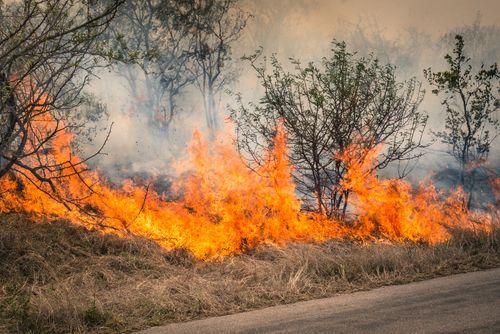
With a goal to enhance bushfire preparedness and safety for residents in high-risk areas, the 10/50 vegetation clearing rule enables property owners within designated zones to ask assistance from a
qualified tree arborist to clear vegetation within 10 meters of a home and clear trees within 50 meters without seeking local council approval.
What actions are permitted under the 10/50 Vegetation Clearing Scheme?
The 10/50 vegetation clearing scheme is covered by the clearing code of practice (available HERE) that governs what you can and can't do. So it's highly recommended that you have a read before undertaking any work.
Under the 10/50 Vegetation Clearing Scheme, property owners in designated zones are generally permitted to:
- Clear trees on your property within 10 metres of a home, without seeking approval; and
- Clear vegetation (other than trees) such as shrubs on your property within 50 metres of a home, without seeking approval.
If the tree that concerns you belongs to your neighbour's property, you must have their permission before undertaking any tree removal, even if the tree overhangs your property line.
The NSW Rural Fire Service has a handy tool on their website that allows you to check if you're property is in the entitlement area, find it HERE.
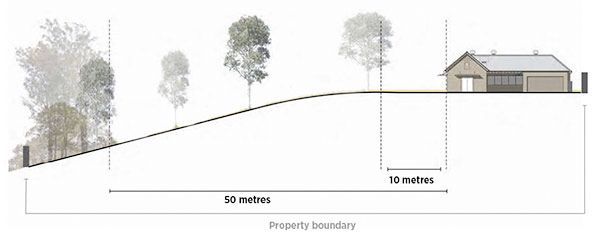
What are the provisions under the 10/50 Vegetation Clearing Code?
As a general guide, provisions under such a code typically include regulations related to:
1. Clearing Distance
The 10/50 Vegetation Clearing Rule allows landowners to clear vegetation within a specified distance of their homes to reduce bushfire risks. The clearing distance, typically set at 10 meters, refers to the area around a dwelling where property owners are permitted to remove vegetation. This includes clearing trees, shrubs, and other vegetation within the designated distance.
2. Eligible Vegetation
Under the 10/50 Vegetation Clearing Rule, eligible vegetation refers to the types of plants, trees, and shrubs that property owners are allowed to clear within the designated distance around their homes. The rule typically specifies criteria for eligible vegetation, outlining which types can be removed to create a defensible space.
3. Pruning Guidelines
The Pruning Guidelines specify circumstances in which property owners are advised to trim vegetation rather than opting for complete vegetation removal. This include recommendations for selective trimming of branches and foliage while retaining the overall structure of the vegetation. Under this provision:
- Vegetation within 50 meters can be pruned, excluding trees beyond 10 meters from the residence.
- Regardless of the tree trunk's position, any branches within 10 meters of a residence are eligible for pruning.
4. Use of Herbicides
Use of Herbicides includes guidelines that typically detail the approved types, methods, and quantities of herbicides that property owners can use to manage vegetation within the designated clearing distance. The use of herbicides may be regulated to control the regrowth of vegetation and discourage the spread of invasive species while ensuring environmental safety.
5. Soil Erosion Management and Landslip Risks
Soil Erosion Management covers guidelines and strategies for addressing soil erosion risks associated with vegetation clearing. These provisions typically outline measures to prevent or mitigate soil erosion and landslip hazards that may arise due to the removal of vegetation.
In addition, removing trees on slopes greater than 18 degrees is not allowed unless specified in a geotechnical engineer assessment report. Pruning trees on slopes greater than 18 degrees is allowed, but at least 75% of the original canopy cover must be retained, unless specified in the assessment report.
6. Protection of Riparian Buffer Zones
The protection of Riparian Buffer Zones provisions focus on safeguarding areas adjacent to water bodies. These outline the importance of preserving vegetation along waterways for environmental health. Under this provision, vegetation clearance, including tree removal, is prohibited within a 10-meter radius of lakes or rivers with a width of two meters or more between their highest opposite banks.
7. Protection of Aboriginal or Cultural Significance
This provision comprises of guidelines aimed at safeguarding aboriginal or cultural significance such as heritage sites or features. These provisions typically outline measures to protect culturally significant vegetation or landscapes from clearing methods and activities.
8. Protection of vegetation to which a legal obligation exists to preserve that vegetation by agreement or otherwise
This provision suggests the safeguarding of specific vegetation for which there is a legal obligation to preserve, whether through formal agreements or other legal mechanisms. Such obligations may arise from conservation easements, environmental protection laws, or other regulatory measures that establish a legal duty to protect and maintain designated vegetation for environmental, ecological, or cultural reasons.
9. Harm to native and introduced animals
Under this provision, landowners are responsible for preventing cruelty and harm to native, introduced, or domestic animals during tree and vegetation clearing. This means that clearing under this scheme may pose a risk of harm to native animals and the loss of their natural habitat. Thus, it is crucial for landowners to exercise due diligence and awareness to mitigate potential adverse impacts on animal welfare and natural habitats.
Some key points in response to questions raised:
If you are in the entitlement area you are not obligated to clear your block, however if you have concerns you should seek professional advice.
The 10/50 vegetation clearing rule only applies if the relevant building has habitable rooms, such as a home, tourist accommodation, caravans within a caravan park and mobile homes. It doesn't include buildings like sheds and barns.
The distances are measured from the external walls of the habitable building and include decks and garages attached to the house but not external garages or sheds.
For the purposes of the 10/50 vegetation clearing scheme, a tree is defined as “a perennial woody plant having a single stem or trunk that is three or more metres in height, and has a circumference of more than 30 centimetres at chest height”.
You can access the 10/50 Code on the NSW Rural Fire Service website. If you prefer a printed copy, you can obtain one at no cost from any NSW Rural Fire Service District Office if your property is within the 10/50 Vegetation Clearing Entitlement Area.
Effortless Clearing, No Council Approval Needed
Staying informed about the 10/50 scheme is an essential step towards effective bushfire mitigation and responsible land management. Not only does it allow residents to protect their properties from the devastating impact of bushfires, but it also addresses the shared concern among property owners who want to skip the costly and time-consuming council approval procedures.
For guidance on land and bushfire hazard management, reach out to your local NSW Rural Fire Service District Office. If you need assistance regarding your property's specific needs, contact one of our tree arborists at Bob & Ben The Tree Men. We offer professional tree services and can provide arboriculture advice on vegetation management, tree health, and compliance with regulations such as the 10/50 Vegetation Clearing Scheme.
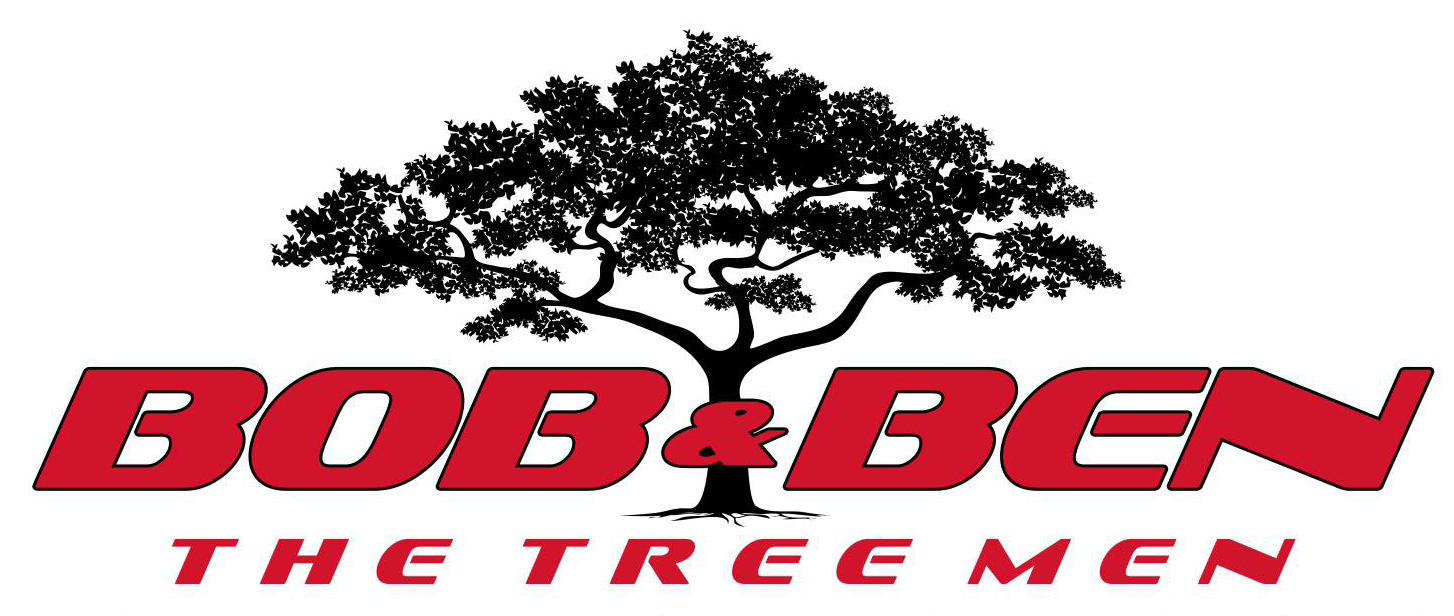
Over 25 years ago, Bob and Ben planted the seeds of what would become one of the most popular and trusted tree service businesses in the Sutherland Shire.
Get your FREE tree lopping quote today!
Let Bob and Ben The Tree Men get to the root of all your tree problems. Contact us today to receive your personalised quote.
